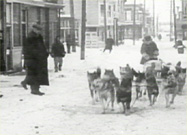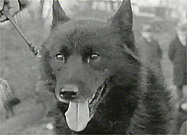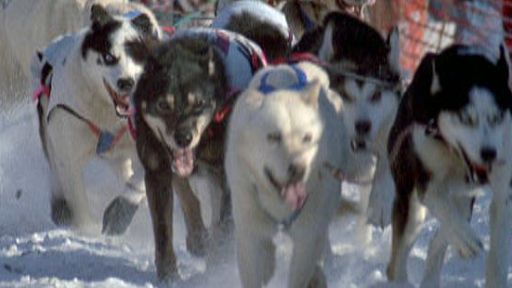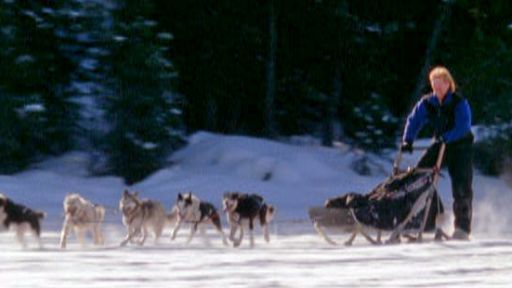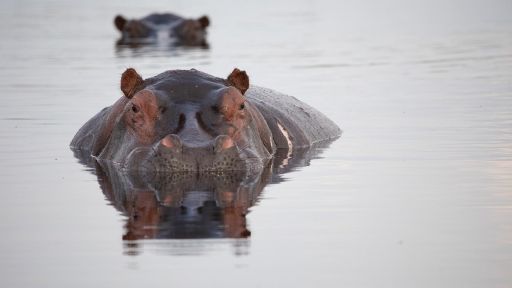In 1925, a life-or-death race to rescue the children of Nome, AK, from disease made an international hero of one sled dog — and eventually led to the creation of Alaska’s Iditarod sled dog race, the subject of NATURE’s SLED DOGS: AN ALASKAN EPIC.
In January 1925, doctors realized that a potentially deadly diphtheria epidemic was poised to sweep through Nome’s young people. The only serum that could stop the outbreak was in Anchorage, nearly a thousand miles away. But the lone aircraft that could quickly deliver the medicine had been dismantled for the winter. In desperation, officials turned to a much lower-tech solution: moving the medicine by sled dog.
Soon, a musher embarked from Anchorage on the first leg of a remarkable dog-sled relay aimed at delivering the needed serum to Nome. More than 20 mushers took part, battling temperatures that rarely rose above 40 degrees below zero Fahrenheit and winds that sometimes blew strong enough to knock over sleds and dogs. Reporters brought news of the race to a world suddenly transfixed by the drama in the far north.
Incredibly, just six days later, on February 2, 1925, Gunner Kaassen drove his heroic dog team into the streets of Nome. In the lead of his team was a husky named Balto, whose furry face soon became known around the world. A year later, in honor of the epic trek, admirers erected a statue of Balto in New York City’s Central Park.
Balto was suddenly a world-famous celebrity; for two years after the serum run, the dog and some of his teammates traversed the continental United States as part of a traveling show. After Balto died in 1933, his body was preserved and displayed at Cleveland’s Natural History Museum. In 1995, a popular animated movie about Balto was released, adding to his fame.
Long after his death, Balto’s popularity lives on. Today, some Alaskan schoolchildren are campaigning to bring Balto back to his home state. The students want his body moved to the Iditarod Trail Sled Dog Race museum in Wasilla. But Cleveland officials aren’t ready to give Balto back, noting he spent more than half his life in their city. There are plans in the works, however, for Balto to return to Alaska as part of a temporary exhibit at the Anchorage Museum of History and Art — a testament to the strength of Balto’s memory and a fitting memorial to his indomitable spirit.

